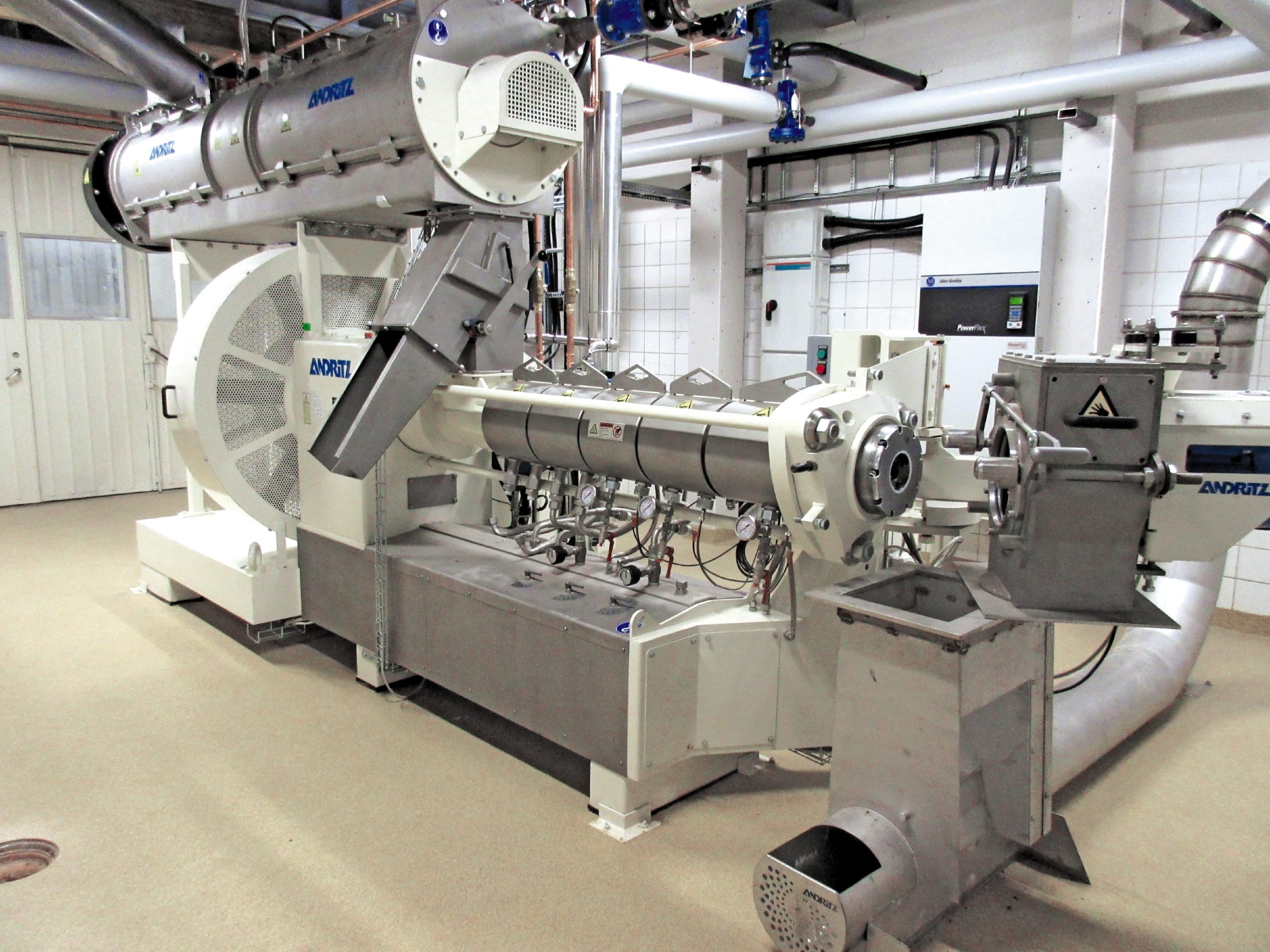
Formulated fish feeds are the most cost-effective way to provide a balanced nutrition for aquaculture-based fish, wrote Michael Joseph, Assistant Professor and Extension Specialist at the North Carolina State University in a report.
These feeds are concentrated source of nutrition and have been one of the key contributing factors to increase fish production along with other elements of fish farming like water management and aeration. The feeds are made either using a pellet mill or extrusion.
The choice of the process primarily depends on what type of feed would be made for most part of equipment running time. The feeds are generally divided into different types based on their buoyancy – sinking, slow sinking or floating type.
Different species of fish require feeds of a certain buoyancy. For example, tilapia, carp, and catfish require floating feeds, slow sinking feeds are used for trout, yellowtail salmon, and sinking feeds are needed to feed cod, shrimp, and river crab.
As feeds amount to > 50% of the production cost, irrespective of the scale or intensity of production, it is important that feed utilization efficiency is maximized.
One of the factors that can contribute towards maximizing feed utilization efficiency is the feed quality. Primarily formulation and process control affect the feed quality directly.
Feed quality
The physical feed quality is critical in enabling the feed to provide the desired nutrition and energy to the fish. Some of the common quality issues are feed integrity, non-uniformity of feed sizes, unable to attain the desired level of floatability (in case of floating feeds), dust creation from feeds, oil leakage, rancidity issues, and raw material quality.
All these issues arise from poor quality of raw materials, formulations and process controls. While raw material quality and feed formulations are very important but here, we will focus on process.
Pellet mill versus extrusion of fish feeds
The process of pelletization happens inside a pellet mill. It involves creating pelleted feeds by compression of raw material, which is in powder form. This compaction happens in the presence of some moisture, temperature and pressure.
Pelletized feeds are dense and heavy and thus they sink. One of the reasons that pelleted feeds sink is because the process is unable to reduce the bulk density of the incoming raw material.
In other words, it is unable to gelatinize the starch to an extent that it may affect the bulk density. In contrast, during extrusion, the process allows control of the buoyancy of the feeds.
Other than the formulation, buoyancy of extruded feeds is controlled by manipulating the process temperature and moisture along with extruder screw profile and screw speed. Extrusion is a process in which the food is not only compressed, as in pelletization, but also ‘cooked’, which is why it requires higher levels of moisture, temperature and pressure than pelletization.
All these requirements must be met to achieve the desired degree of expansion when it leaves the extruder. The gelatinized starch acts as a glue and this enables increased integrity of feeds during storage, handling, and when cast in water. Protein and fiber also contributes to the binding of pellets, although to a much lower extent as compared to starch.
The amount of starch in the formula determines the floatability of the feed. 10% starch is good for creating sinking feeds and 20% starch is needed to create a floating feed. The expansion of cooked and melted starch (viscoelastic property) is the primary cause to make the feeds float.
Under proper process control, even less than 10% starch may be needed to make a sinking feed using extrusion. Single screw extruder is sufficient to make both types of feeds but a twin screw extruder may be needed to make feeds of smaller sizes.
Nutrient retention in feeds: Pellet mill versus extruded
In order to maintain the quality of the feed, it is important to ensure nutrient sufficiency in the feed, especially micronutrients. Extruders operate at a higher temperature (>90°C) than pellet mills.
In the extrusion process, other than the temperature, factors like moisture, shear and oxidation can have a deleterious effect on vitamin stability if not controlled properly. In contrast, pellet mills generally do not operate above 90°C. Additionally, L:D ratio (length or thickness of the die: diameter of the die) also affects the amount of friction generated and thus affects the vitamin stability and retention.
Vitamins can be divided into two categories – fat soluble (vitamins A, D, E, and K) and water soluble (vitamin C and B vitamins). The effect of causal factors of temperature, moisture, shear, L:D ratio etc. is different in both categories. Vitamin A and D are more susceptible to oxidation during extrusion and the presence of heat and moisture in the process further hastens the oxidation.
Some studies have suggested the longer residence time to be more impactful in oxidizing than the shear generated inside the extruder. Amongst the water-soluble B vitamins, B1 (thiamine) and B6 (pyridoxine) are the most unstable.
Also, L-ascorbic acid gets almost completely destroyed during extrusion. Therefore, more stable and heat resistant forms like ascorbic acid monophosphate polyphosphate are used.
Pelleting process is less harsh than extrusion but it can be aggressive with prolonged conditioning and double pelleting. However, the losses of vitamins, especially fat-soluble vitamins, are lower in pelleted feeds than in extruded feeds. This could be most likely due to higher shear, heat, and pressure in extrusion than pelleting.
Economics of feed production
The economics or cost of feed production is dependent on 3 crucial factors: manufacturing cost, cost savings due to formulation, and feed performance.
The manufacturing cost is higher for extruded pellets because the cost of acquisition of the equipment is higher than that of pellet mill. Also, the production capacity of the extruder for the same motor capacity is lower than that of pellet mill.
While formulating feeds, ingredient selection also depends on the type of process being used for making feeds. As pellet mills use compressive force to bind the pellet together, it is important to use higher quality raw material and additional binders.
An example would be the need to use higher starch amounts in pelleted feeds as compared to extruded feeds. The lower amount of starch needed for extruded feeds allows to use additional protein ingredients (at lower protein levels) to meet the dietary requirements. Thus, the formulation cost would be lower in extruded feeds.
The final impact of feed is based on feed performance, which is measured based on feed conversion ratio (FCR). FCR is the amount of feed fed divided by the weight gain of the animal/bird/fish. The lower the FCR, the better is the feed performance.
Although, pelleted feeds use steam conditioning but it is not sufficient to fully cook the starches and proteins. Whereas, the high heat and pressure inside the extruder substantially cooks these macronutrients and makes them more digestible. Therefore, the fish is able to digest the extruded feeds better and thus utilize the ingredients more efficiently.
This leads to generally low FCR for extruded feeds as compared to pelleted feeds. Another factor that increases the FCR of pelleted feeds is because they produce a lot more fines/dust (lower pellet integrity) at the bottom of the bag and are lost while feeding. To the fish farmer, lower FCR would mean lower cost to produce every kilogram (or pound) of fish produced.
Conclusion
Subscribe now to the technical magazine of animal nutrition
AUTHORS
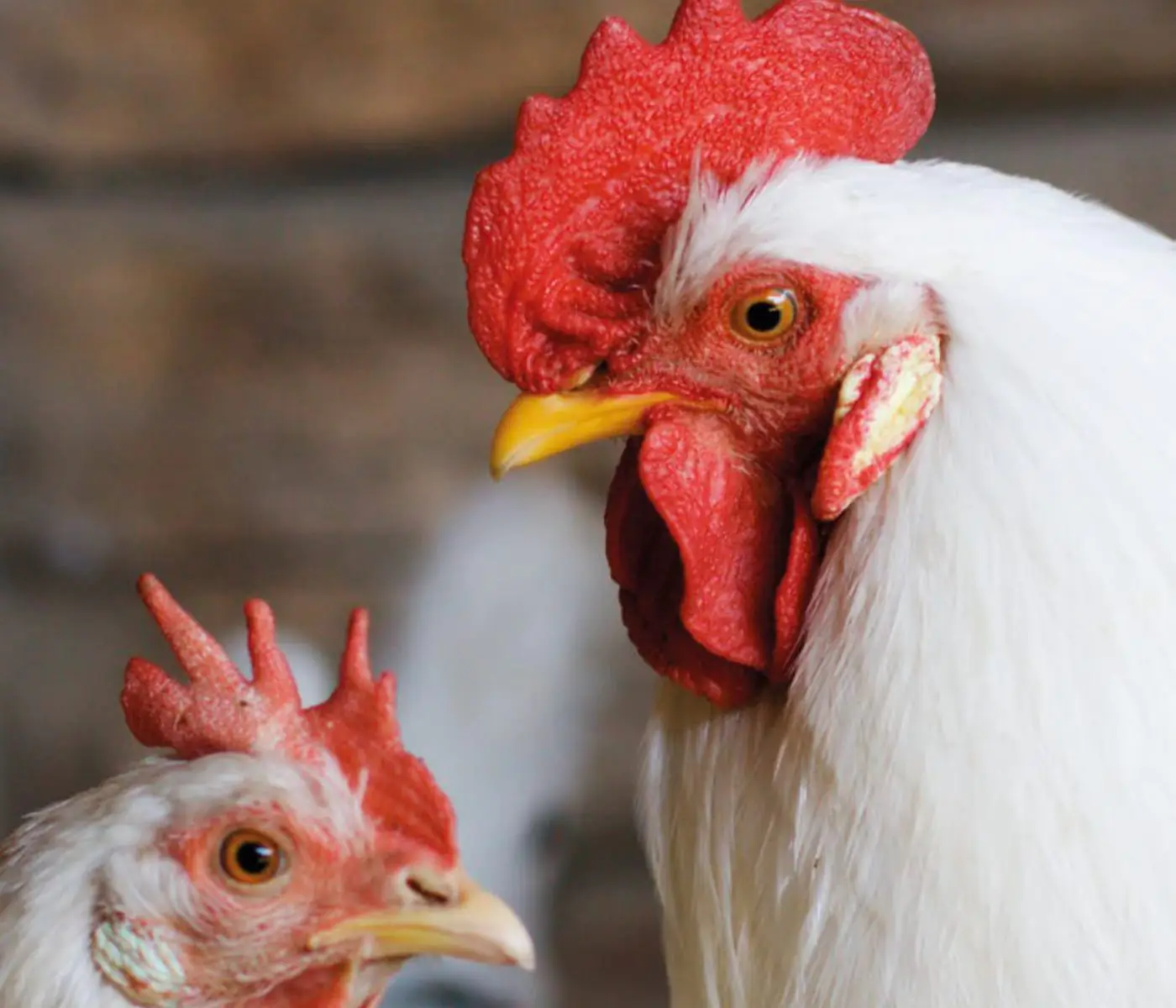
Nutritional Interventions to Improve Fertility in Male Broiler Breeders
Edgar Oviedo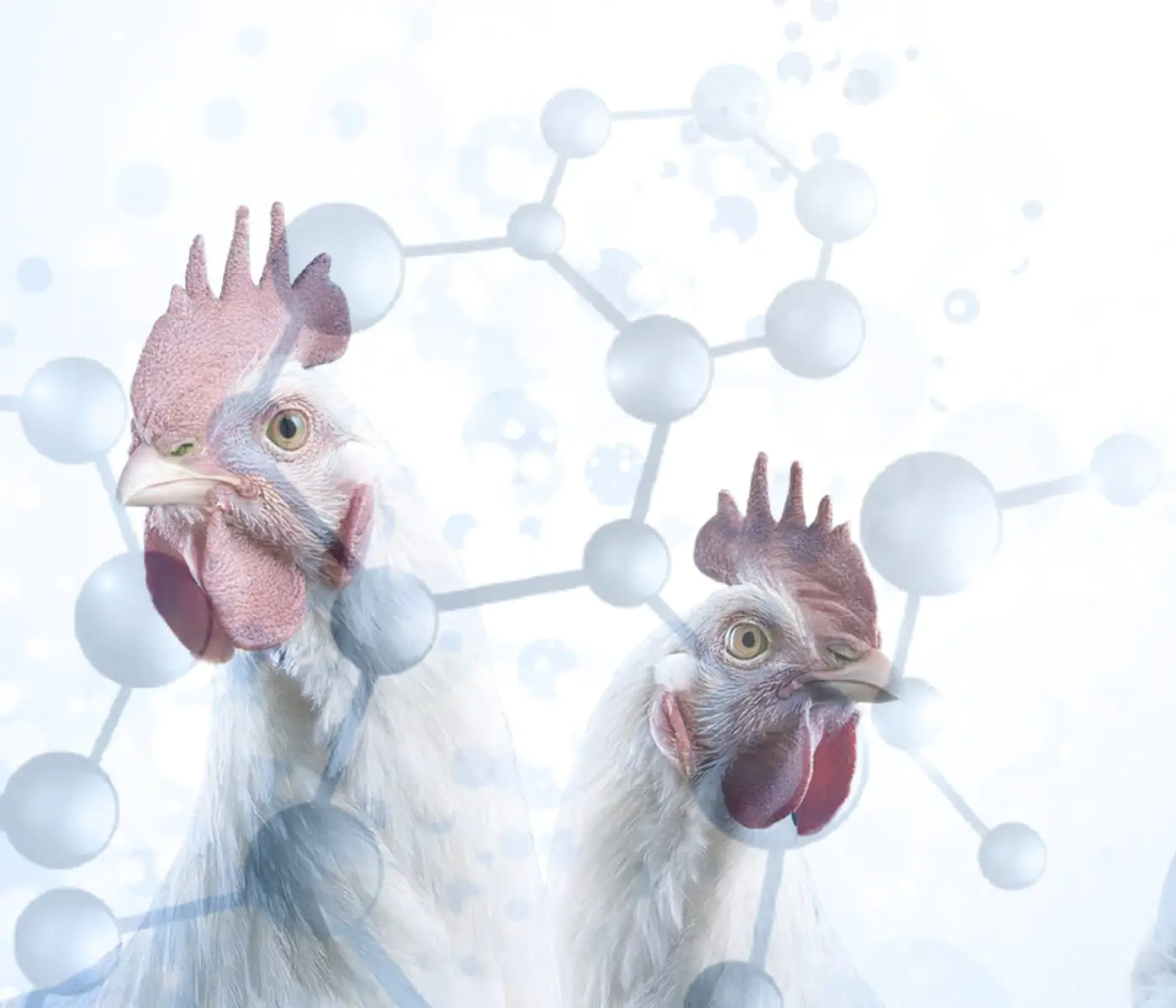
The Use of Organic Acids in Poultry: A Natural Path to Health and Productivity
M. Naeem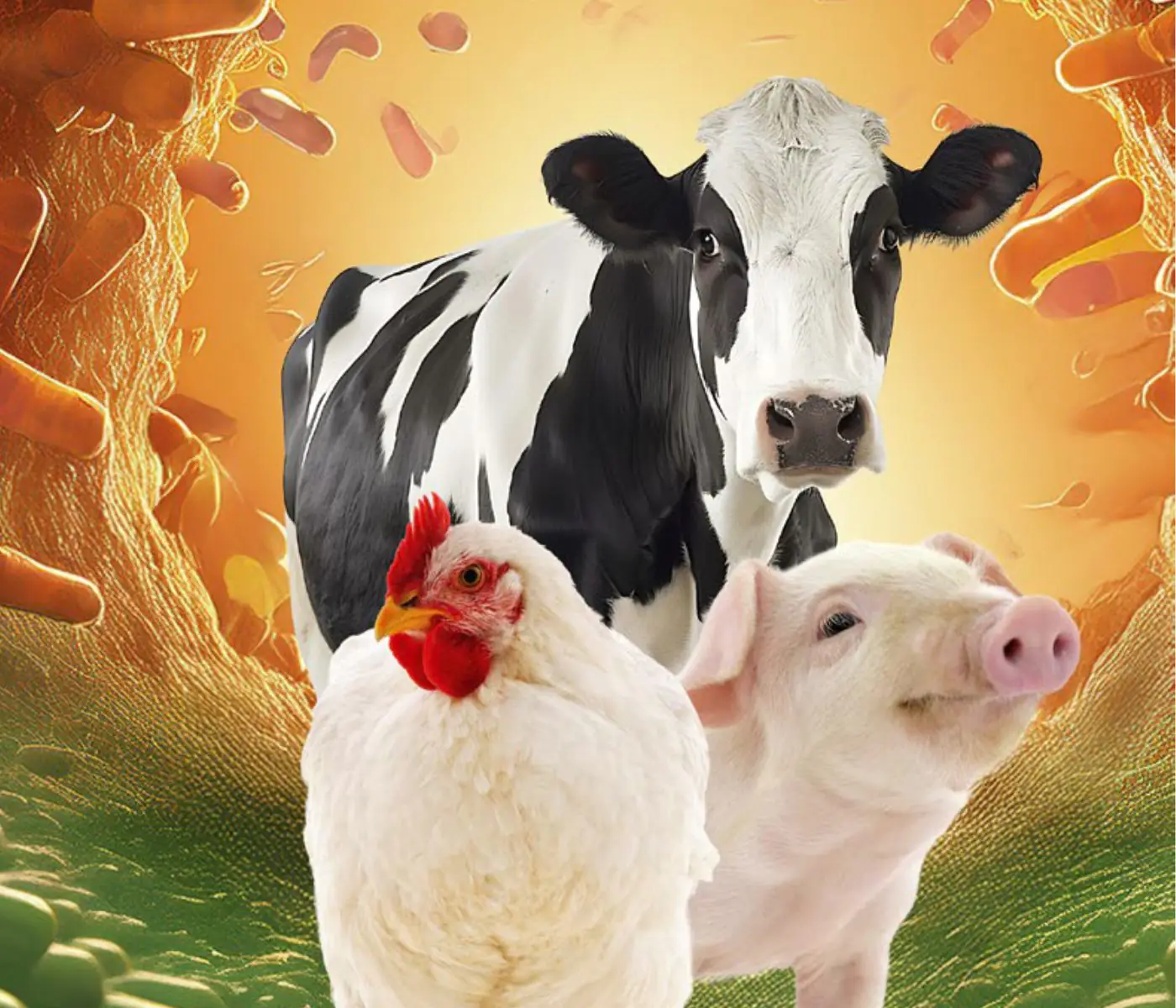
Synergistic Benefits of Prebiotics and Probiotics in Poultry, Swine, and Cattle
Gustavo Adolfo Quintana-Ospina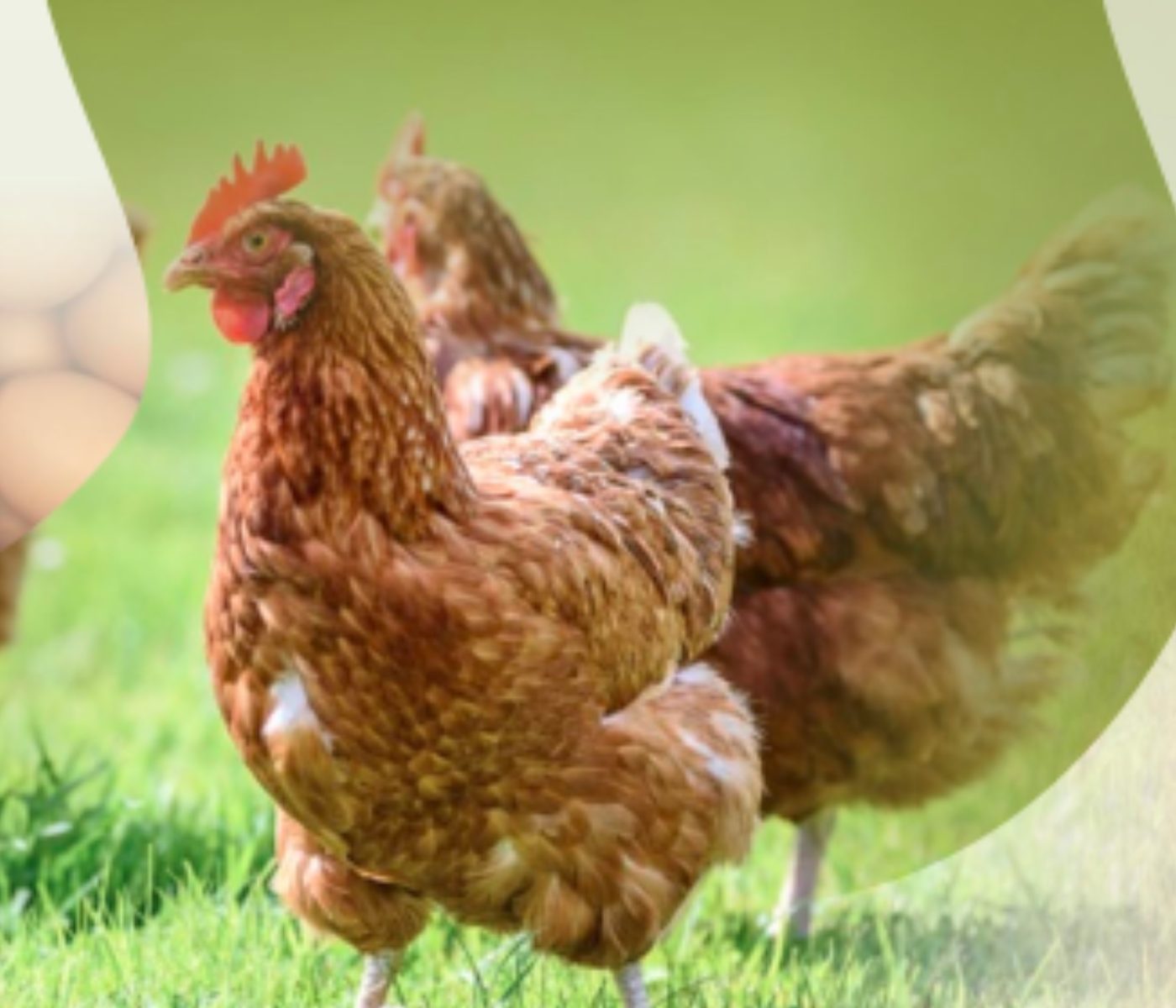
Hybrid Rye Potential in Laying Hen Feed Rations
Gwendolyn Jones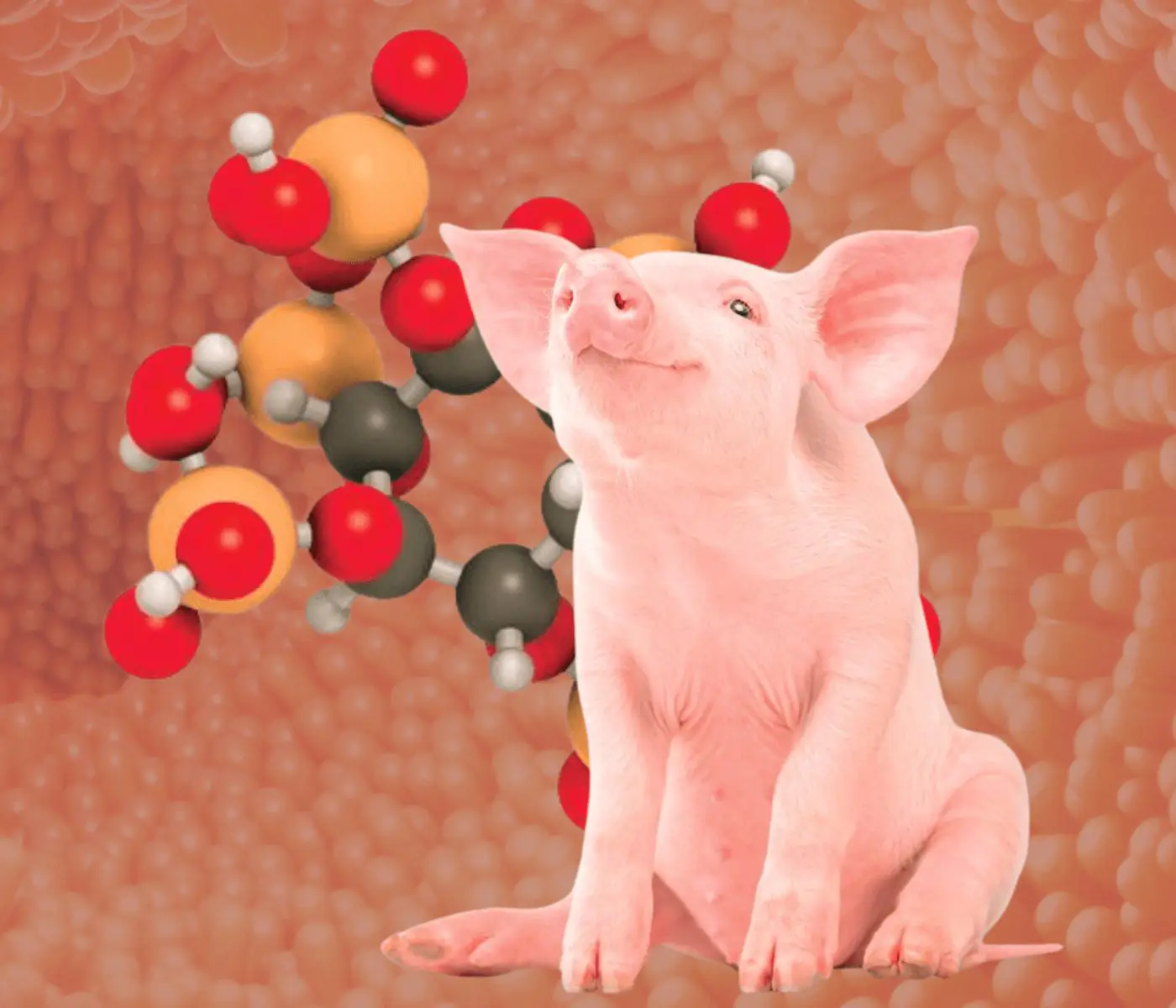
A day in the life of phosphorus in pigs: Part II
Rafael Duran Giménez-Rico
Use of enzymes in diets for ruminants
Braulio de la Calle Campos
Minerals and Hoof Health in the Pregnant Sow
Juan Gabriel Espino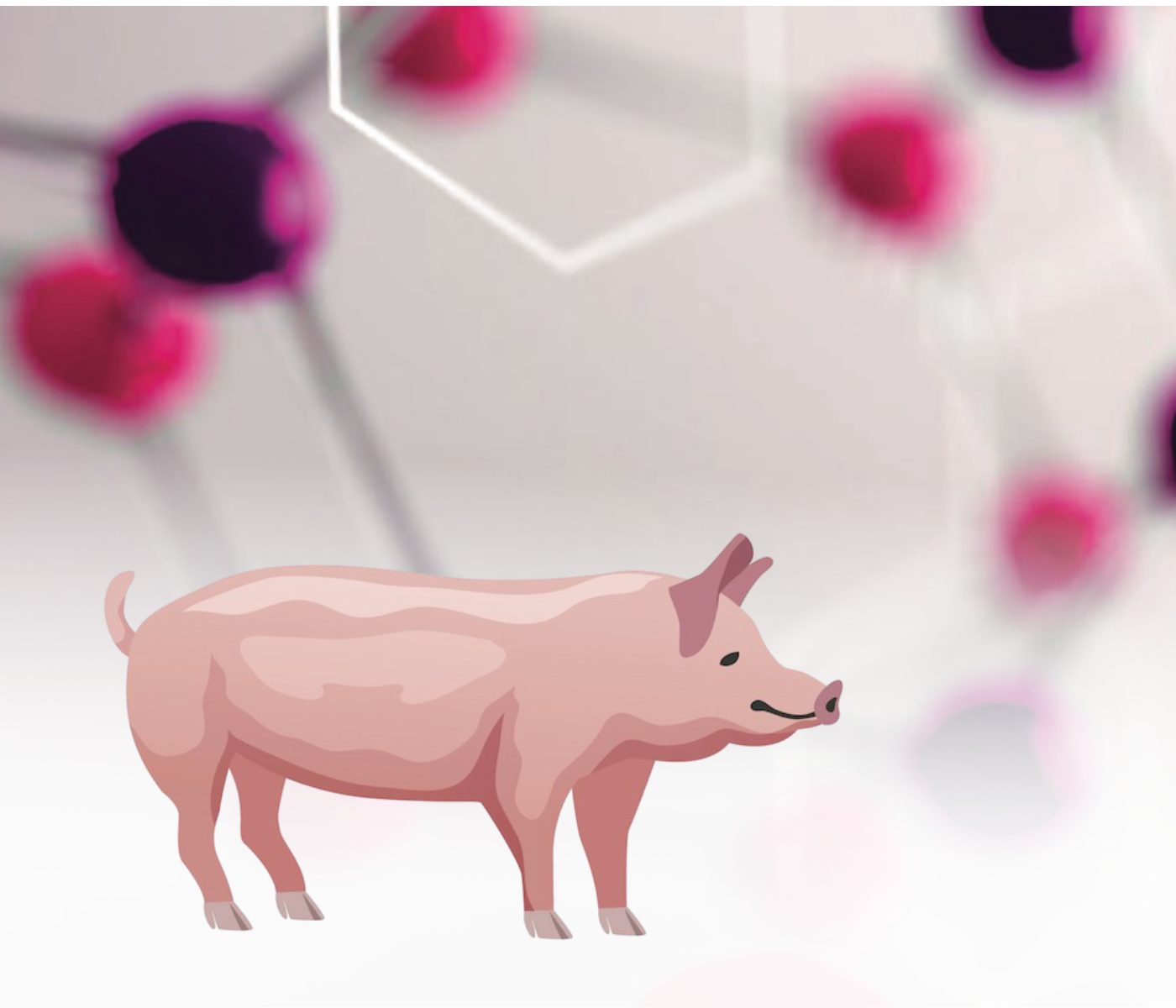
Impact of Oxidized Fats on Swine Reproduction and Offspring
Maria Alejandra Perez Alvarado